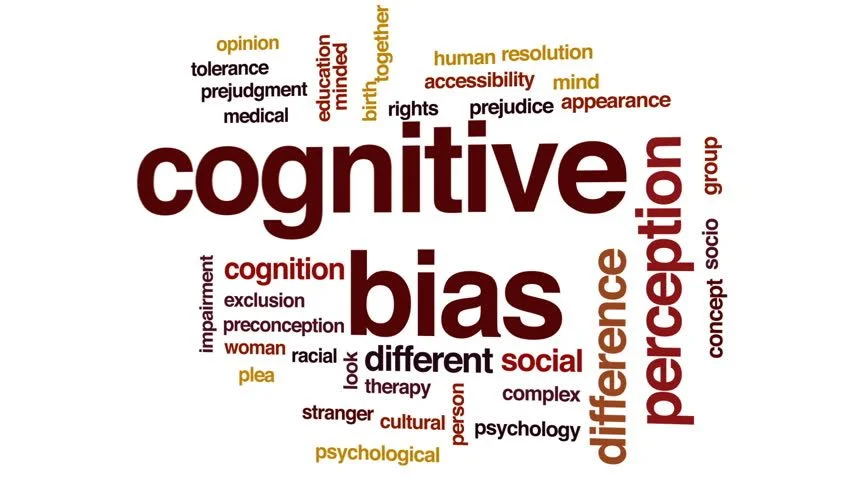Edition: October 23rd, 2021
Curated by the Knowledge Team of ICS Career GPS

- Excerpts from article by Carmine Gallo, published on Forbes
Taking a deep dive into cognitive and behavioural psychology helps us understand how our minds work. If we understand how people think, then we’ll be in a better position to influence them. An additional benefit to studying the mind is that it helps us understand ourselves, explaining why we do the things we do.
The first step to seeing patterns that others fail to spot is to recognise your own blind spots.
Here are five cognitive biases (errors in thinking) that prevent leaders from recognising new and powerful trends:
1. Availability bias
- The availability bias is the natural human tendency to be more biased toward information that’s easy to access mentally.
- The psychological phenomenon hampers critical thinking and, as a result, the validity of our decisions.
- The availability bias results from a cognitive shortcut, the reliance on those things that we immediately think of to enable quick decisions and judgments.
- That reliance helps us avoid laborious fact-checking and analysis but increases the likelihood that our decisions will be flawed.
2. Status quo bias
- Generally, humans prefer things to stay the same, we like things to feel normal.
- This bias explains why feelings of depression and anxiety have soared during the pandemic, we simply don’t like things to throw off our present reality.
- In business it’s important to realise that status quo bias prevents companies from remaining competitive.
- As a result of these attitudes, the teams shutter the project to avoid risk.
- We prefer that things remain the same rather than risk a loss—an outcome that might not work out as well as expected.
- Here’s the key—in a world of exponential change, we’re often taking a bigger risk by not taking action and staying in place.
3. Egocentric bias
- The egocentric bias means we tend to overweight our point of view over the point of view of others.
- Leaders give in to egocentric bias when they pay more attention to data that supports their point of view and less attention to data that conflicts with it.
- Since the world is a muddy place and data is often unclear, it’s harder for leaders to spot trends that don’t conform to their world view.
- As a result, they fail to incorporate that data into their decision-making.
- Pay attention to diverse voices and opinions.
4. Affect heuristic bias
- This bias means we pay more attention to things that spark a strong, intense emotional reaction.
- If we see information or data that alarm us, we are more likely to take action on it.
- If the data doesn’t deliver an emotional punch, we’re likely to ignore it.
- The problem, of course, is that by acting only on data points that provoke a strong emotional response, small (but growing) trends often go unnoticed until they’re too late.
5. Overconfidence bias
- People overestimate the likelihood that they are correctly judging a situation, and they underestimate the chance that they are wrong.
- We often think our opinion is the right one.
- True leaders acknowledge that they might be wrong.
- They surround themselves with people who express a diversity of opinion.
- They encourage those people to express their contrarian opinions openly.
…
(Disclaimer: The opinions expressed in the article mentioned above are those of the author(s). They do not purport to reflect the opinions or views of ICS Career GPS or its staff.)



